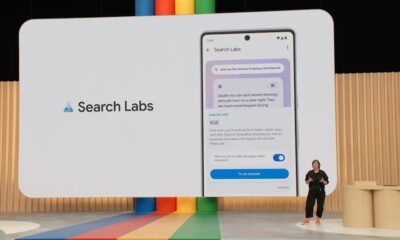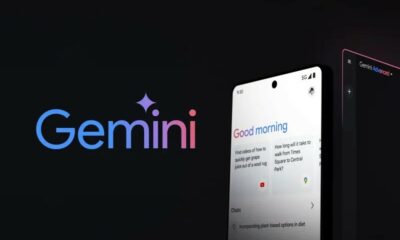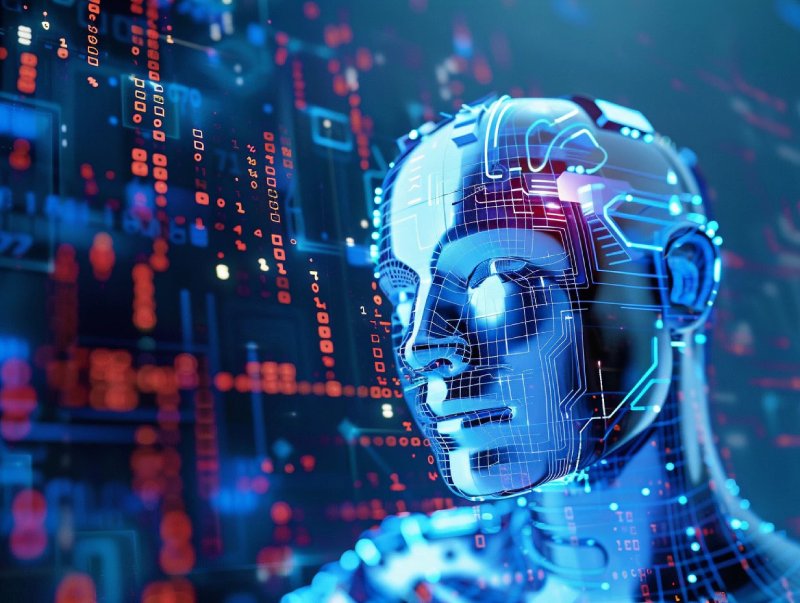Technology
Google is updating its Messages app in India to allow delete OTPs automatically

Technology
Qualcomm Broadens Snapdragon X Series for AI-Powered PCs
Technology
Neura AI Blockchain Opens Public Testnet for Mainnet Development
Technology
Microsoft Introduces Phi-3 Mini, its Tiniest AI Model to date
-

 Technology4 weeks ago
Technology4 weeks agoZoom Workplace: Using AI to Revolutionize Collaboration
-

 Technology3 weeks ago
Technology3 weeks agoApple’s MacOS 15 Announcement may Include AI Features for Compatible Macs
-

 Technology3 weeks ago
Technology3 weeks agoAI Data Center Designs Developed in Partnership with NVIDIA by Schneider Electric
-

 Business4 weeks ago
Business4 weeks agoDelta Unveils NVIDIA Omniverse Digital Twin and Efficient AI Server Solutions at GTC
-

 Technology4 weeks ago
Technology4 weeks agoAdobe Integrates GenAI-Powered Workflow Planning into Content Supply Chain
-

 Technology4 weeks ago
Technology4 weeks agoIntel Unveils New Initiative for AI Hardware and Software Providers
-

 Technology3 weeks ago
Technology3 weeks agoThales Introduces AI Platform Tailored for Defense Industry
-

 Technology3 weeks ago
Technology3 weeks agoMarketeam.ai Unveils Ella: A New AI Agent for Social Media Marketing















